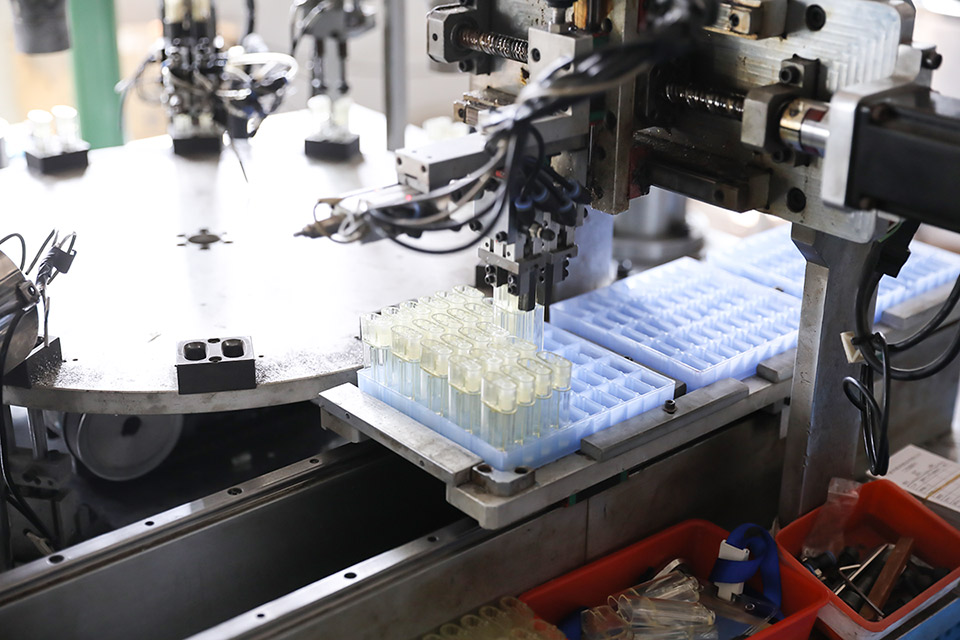Summary:There are currently two common lighters, one is a gas electronic lighter and the other is a kerosene...
There are currently two common lighters, one is a gas electronic lighter and the other is a
kerosene lighter.

The kerosene lighter is the earliest lighter. It consists of a shell, a burning core, a flint, an oil-absorbing cotton, and the wheel for ignition. These names shouldn’t be scientific names, but I’ve picked them up by myself. They all represent the same thing. The principle is very different. Simple, it is to absorb enough kerosene in advance by the oil-absorbing cotton (only kerosene, gasoline, alcohol, etc.), and then the burning core will use the siphon effect from the oil-absorbing cotton to draw the kerosene to the end to volatilize and produce oil vapor. When friction produces a lot of sparks, the high temperature of sparks will ignite kerosene, produce flames, and lighter will be ignited.
Let’s talk about the gas lighter. This is a relatively simple and common one, including disposable and inflatable. Its structure is like this. First, there is a gas storage tank that can store a certain amount of liquid methane (this tank is a disposable The lighter we can see is the space where the "water" is installed. The liquid is not water, but liquid methane) and then there is a piezoelectric ceramic high-voltage generator (that is, the small device that ignites with a click of a "pop") , The principle is also very simple. When pressing the lighter, first open the gas valve to release gas methane from the vent, and then press to a certain level, and then the high pressure discharges and ignites the vent, ignites the methane gas, and the lighter ignites.

